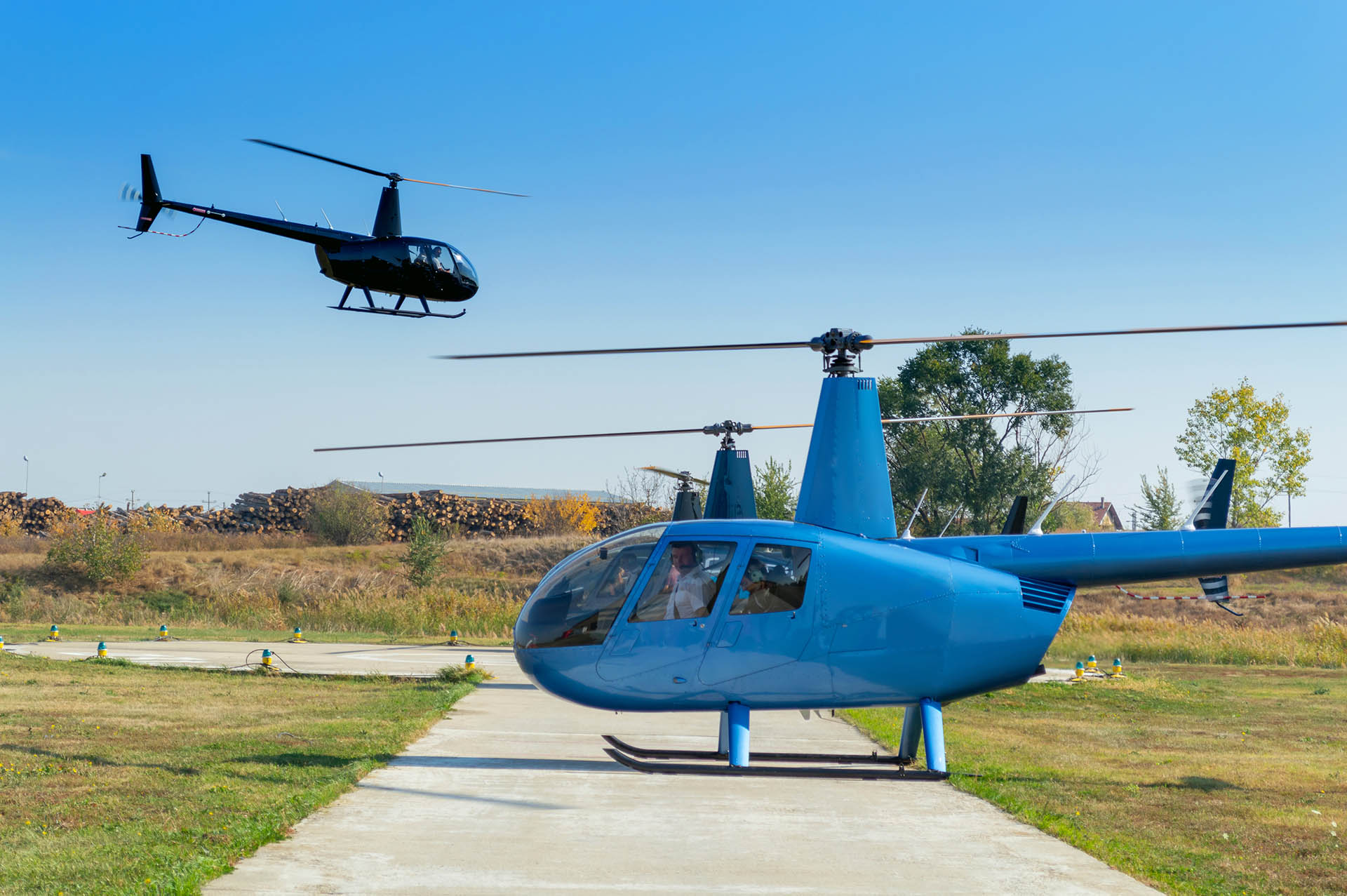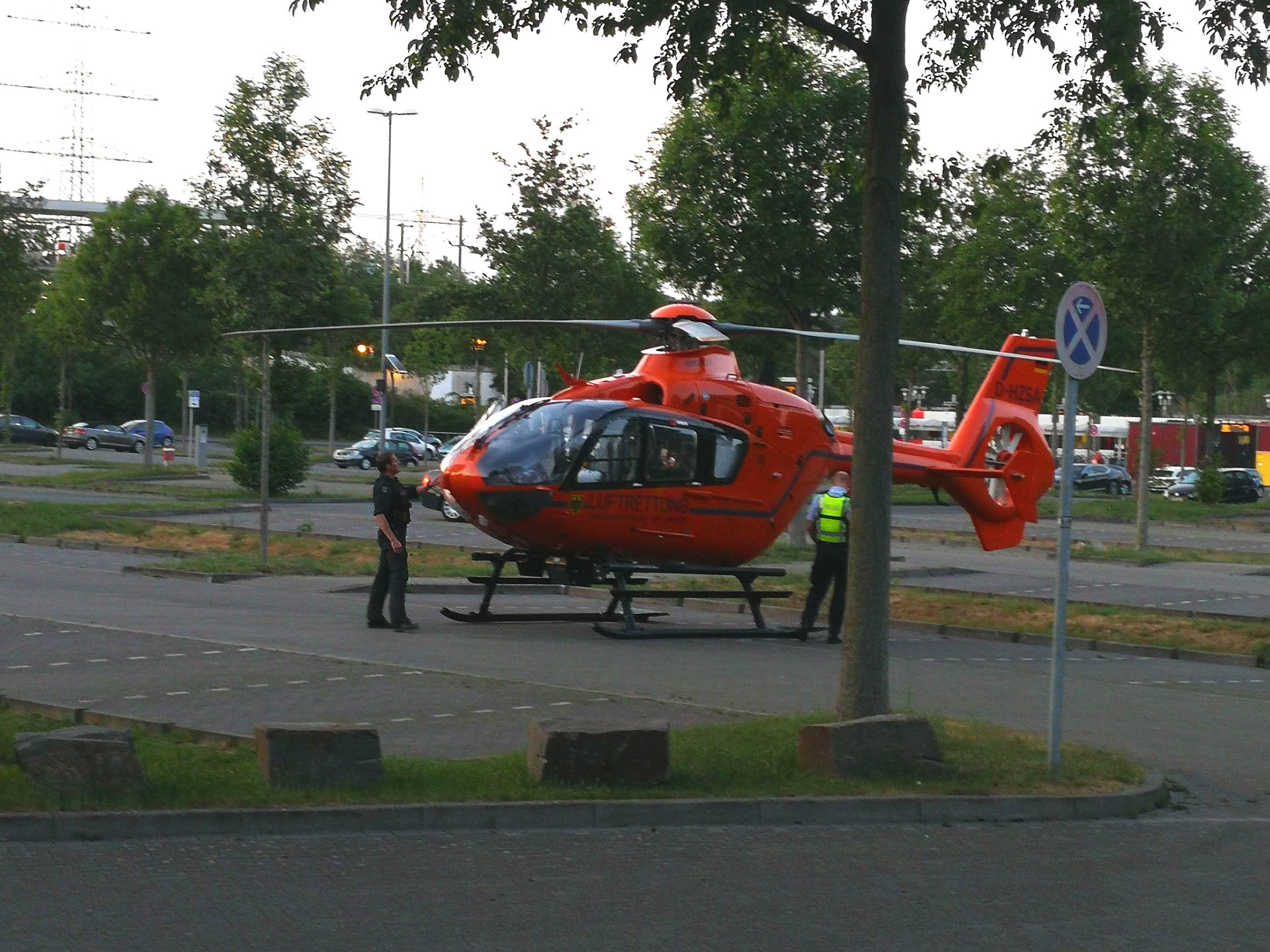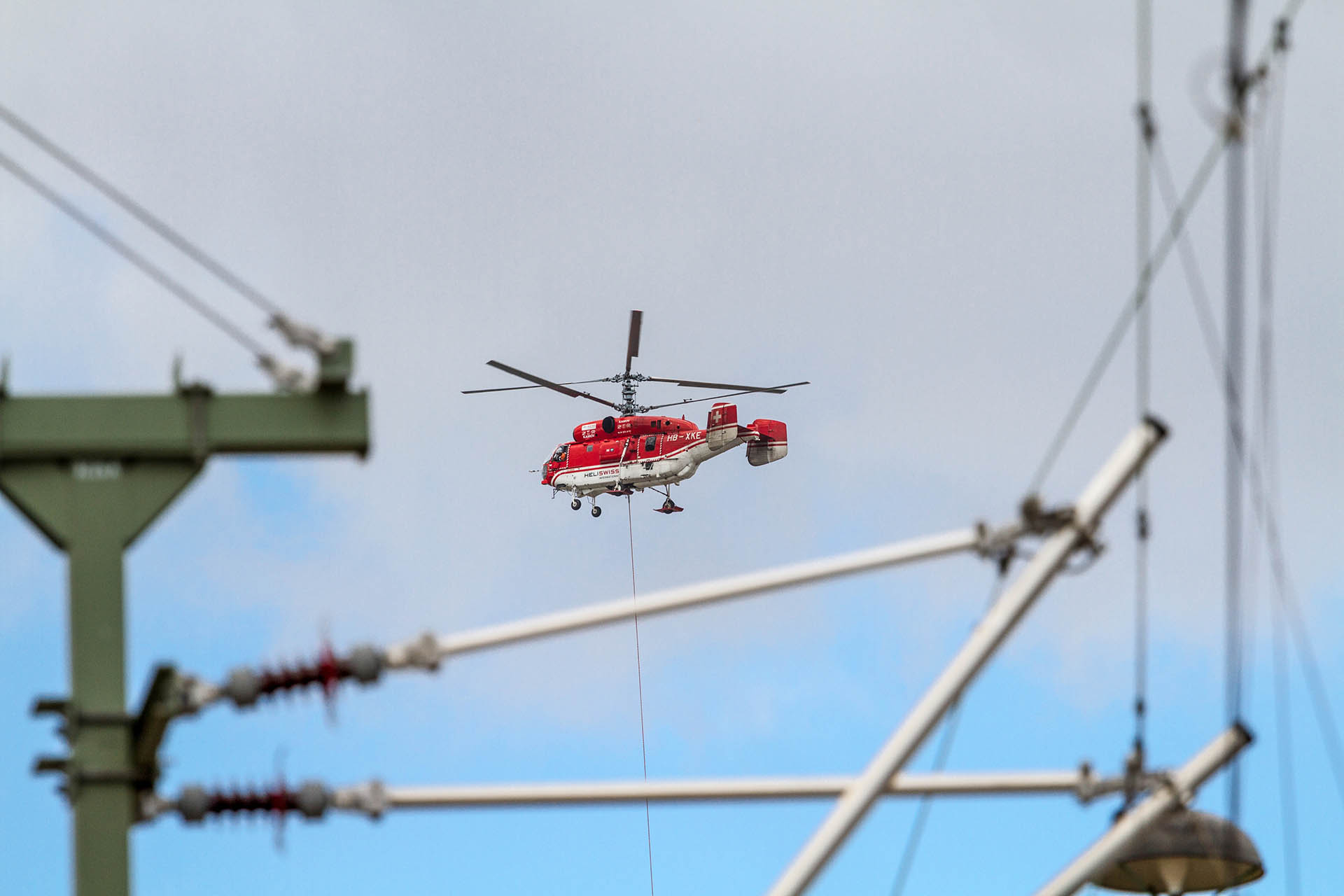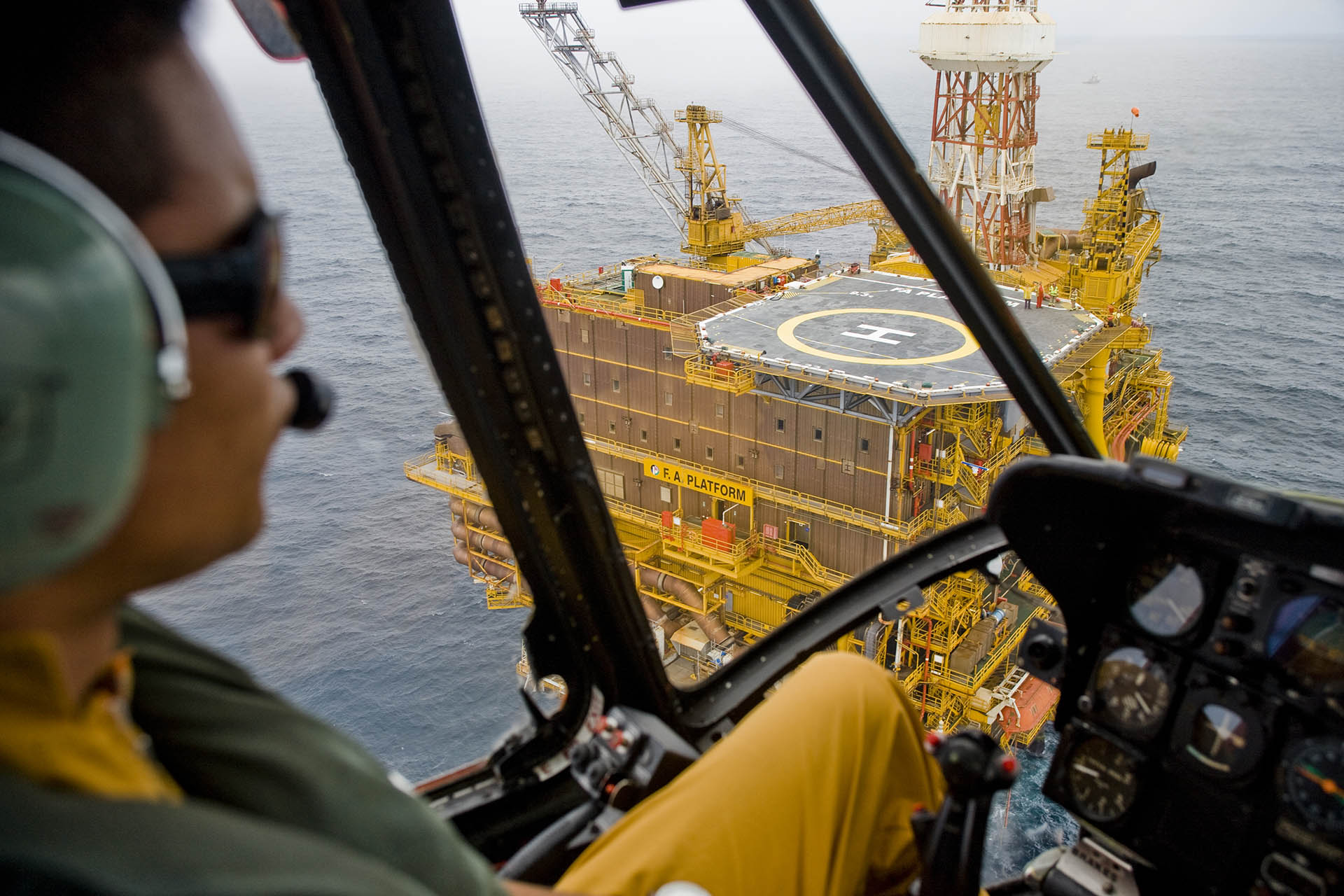The priority operation types
The Rotorcraft industry is exceptionally diverse with many different types of operations and activities. Naturally, the safety of all types of helicopter operations is important but from the analysis we see some areas where a specific focus would help to improve safety. These priorities come from the EASA Annual Safety Review and are also supported by the EASA Rotorcraft Committee (R.COM), which normally meets 3 times a year. Before each R.COM meeting a specific operation type is chosen for more detailed review where an industry and EASA group goes through previous accidents and serious incidents to look for trends.
On this page you will find information on specific safety challenges that have been identified for some of the different operation types. At this stage we provide an overview all on one page, but over time we will split out with more detailed information with a page for each major domain activity. We also have dedicated Safety Issues pages about Hoists and Sling Load Operations.
The main domains covered in this article are:
- Non-Commercial Helicopter Operations
- Helicopter Emergency Medical Services (HEMS)
- Special Operations (Part SPO)
- Offshore Helicopters
At Rotorcraft Together4Safety we are here to raise awareness of important safety issues and then provide you with the information and tools you need to stay safe.
Non-commercial helicopter ops (GA)
Non-commercial operations is split mainly between General Aviation (GA) pleasure flying and training flights. From the accident data we see that Aircraft Upset/ Loss of Control is by far the most common type of accident. As you will see from the article on the Rotorcraft Roadmap, one of the key workstreams is around training devices with a view to help reduce loss of control accidents. The chart below from the Annual Safety highlights the most important Safety Issues for GA Helicopters.

From this chart we can see that the most important Safety Issues for the GA Community broadly fall into the following areas:
- Manual control of the helicopter. GA Helicopters mostly require fully manual control and this itself is more challenging, especially when performed as part of training activities.
- Handling of emergencies and technical failures. It is natural that pilots under training will find it more difficult to handle failures and emergencies, our safety promotion activities will continually seek to inform and educate pilots.
- Situational awareness and avoiding objects and obstacles. Similarly the accident data highlights various situations, particularly associated with workload, where pilots lose awareness that leads to obstacle or terrain collisions.
- Flight planning, preparation and decision-making. Many accidents can be prevented through good planning and preparation. Always have your own personal minimums in mind and remember, it is better to be on the ground wishing you were in the air than in the air wishing you were on the ground.
Helicopter Emergency Medical Services (HEMS)
The EASA Annual Safety Review continually identifies that HEMS operators face several unique risks compared to other parts of the rotorcraft community. The time pressures, planning challenges and environmental factors associated with air ambulance operations makes them inherently challenging for operators and pilots alike.

The most common safety challenges for the HEMS community are:
- Obstacle and terrain avoidance: Given that HEMS helicopter routinely land at unprepared landing sites avoiding obstacles and terrain in these situations are a particular challenge. Accidents were mostly during the takeoff or landing phases of flight, as well as collision with objects (for example wires and towers).
- Time pressure: The condition of a patient, and the time critical requirement to get that patient to an appropriate medical facility, is the major reason for an air ambulance to be tasked to support a medical emergency. That time pressure means that pre-flight planning and mission preparation are necessarily compressed and can lead to incomplete planning or inappropriate decisions.
- Environmental factors: A significant proportion of HEMS operations take place at night and often in poor weather. The crew is under considerable pressure to carry out the mission regardless of the environmental and geographic conditions. Approximately a quarter of all HEMS accidents were weather related, with most occurring because of reduced visibility and IMC while the helicopter was conducting the en route phase of the mission. Inaccurate or out of date weather forecasts contribute to the risk
- Communications: Communications problems with air traffic control (ATC) or a lack of communications due to remote locations and terrain can increase the risk.
Special operations (Part SPO)
In September 2019, the Rotorcraft Committee’s Safety Analysis Group (SAG) reviewed Part SPO accidents and with a specific focus on sling load activities.

From the review of 10 accidents, and additional feedback of the SAG members, the following contributing factors were identified:
- Operational/duty pressure (sometimes self-generated pressure), affecting the situational awareness and decision making of the pilots.
- The potential transfer of the economic pressure from management level to operational level.
- The potential lack of company safety culture, including safety culture at management level, but also in particular in small companies which do not have an adapted SMS – support to SMS implementation for small operators is a key task of the ESPN-R.
The most important thing the review identified was the need to follow rules and good practices when operating in such a risky environment. It might seem easy and simple to do something else to get a job done quicker but history shows this leads to accidents more often that you might think.
Offshore helicopters
Offshore Helicopters provide a vital support service to the Oil and Gas industry and with that brings specific risks. EASA works closely with the organization Heli Offshore who are a global, safety-focused association for the offshore helicopter industry. Through collaboration with this industry and the various regulatory authorities they deliver an industry-wide safety programme to enhance safety, worldwide.

Heli Offshore bring together the global offshore helicopter industry so that:
- No lives are lost through offshore flight.
- Information is shared to prevent accidents.
- Best practice is used by the global frontline.
- Collective action delivers breakthroughs in safety performance for the offshore industry.
Their main safety challenges are identified in the Heli Offshore Safety Performance Model that you can see below.
